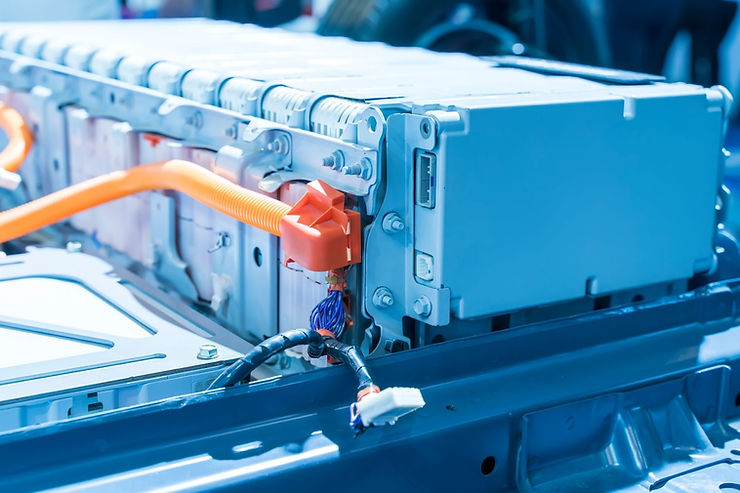

🎲 Monte Carlo Simulation
Wie wahrscheinlich ist es, dass ein Produkt durchfällt? Wie sicher sind unsere Toleranzen?
Die Monte Carlo Simulation ist ein leistungsfähiges Werkzeug, um komplexe Systeme und Prozesse unter Unsicherheit zu analysieren. Statt sich auf Mittelwerte zu verlassen, wird die ganze Spannbreite möglicher Szenarien betrachtet – mit messbaren Wahrscheinlichkeiten.
Besonders in der Produktentwicklung, Qualitätssicherung oder Risikoabschätzung liefert sie fundierte Aussagen und hilft, f


🔢 Paarweiser Vergleich
Viele Ideen – aber welche ist die beste?
Der paarweise Vergleich hilft Teams, schnell und strukturiert herauszufinden, welche Optionen wirklich zählen. Durch den direkten Vergleich je zweier Auswahlmöglichkeiten entsteht schrittweise eine Rangfolge – unabhängig davon, wie viele Ideen oder Kriterien vorliegen.
Die Methode ist einfach, effektiv und gibt jedem die Möglichkeit, sich einzubringen – egal ob es um Konzepte, Risiken oder Handlungsoptionen geht.


🧩 Wertanalyse (Value Analysis / Value Engineering)
Wie lassen sich Produkte, Prozesse oder Dienstleistungen gezielt optimieren – ohne Qualität oder Marktfähigkeit einzubüßen? Die...


Comentarios